Archive
2022
KubaParis
Ort der Kraft
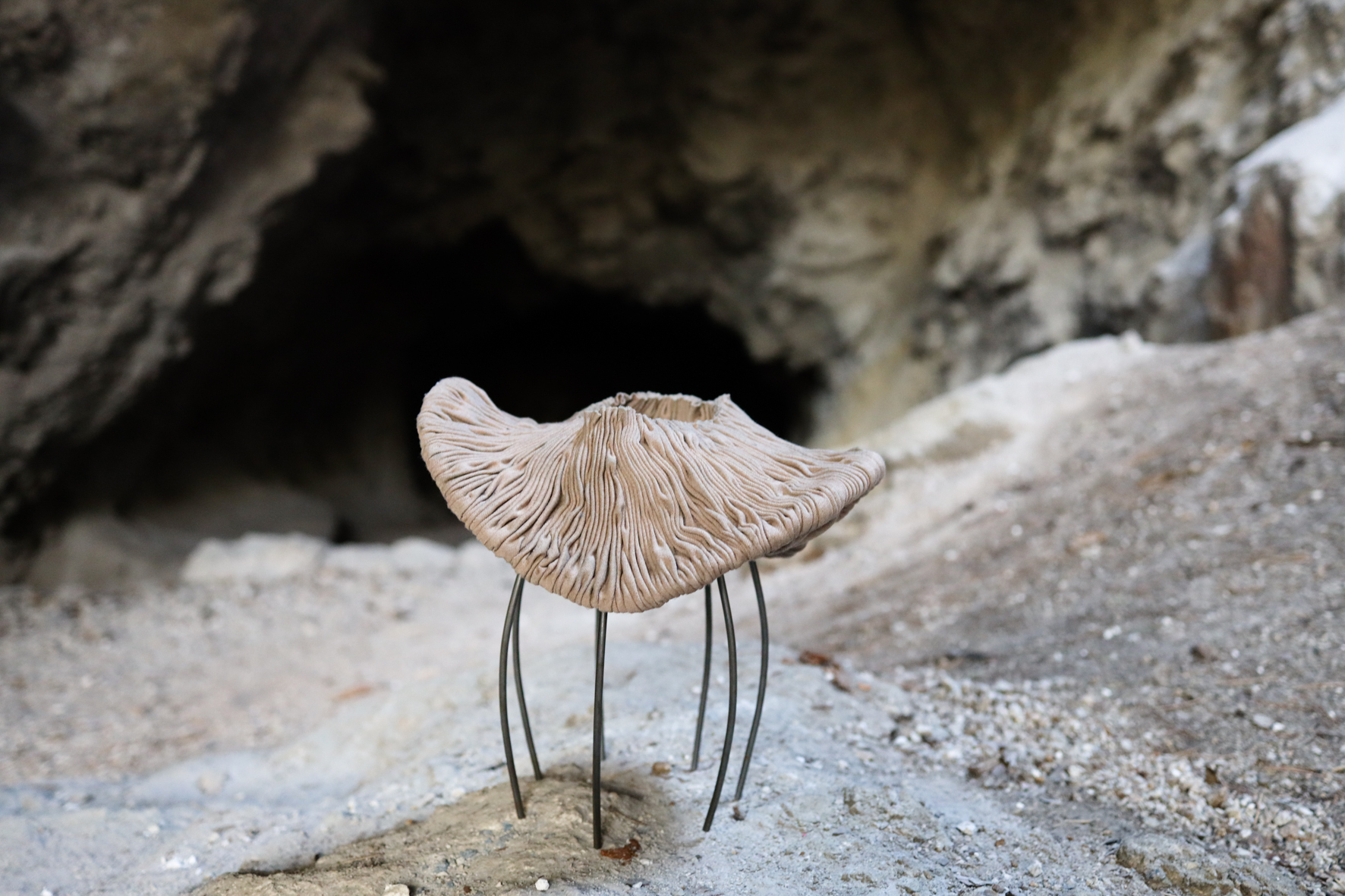

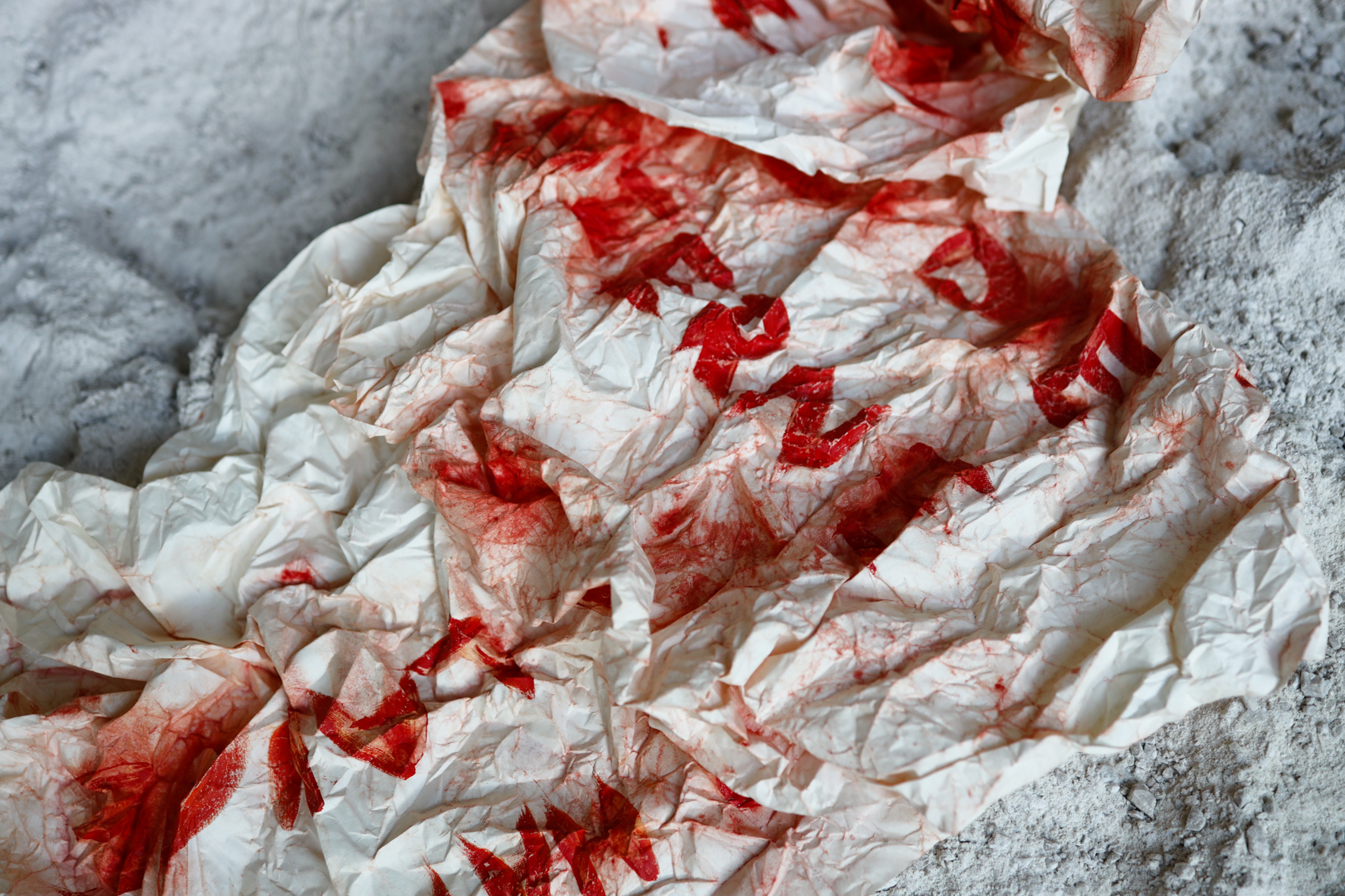
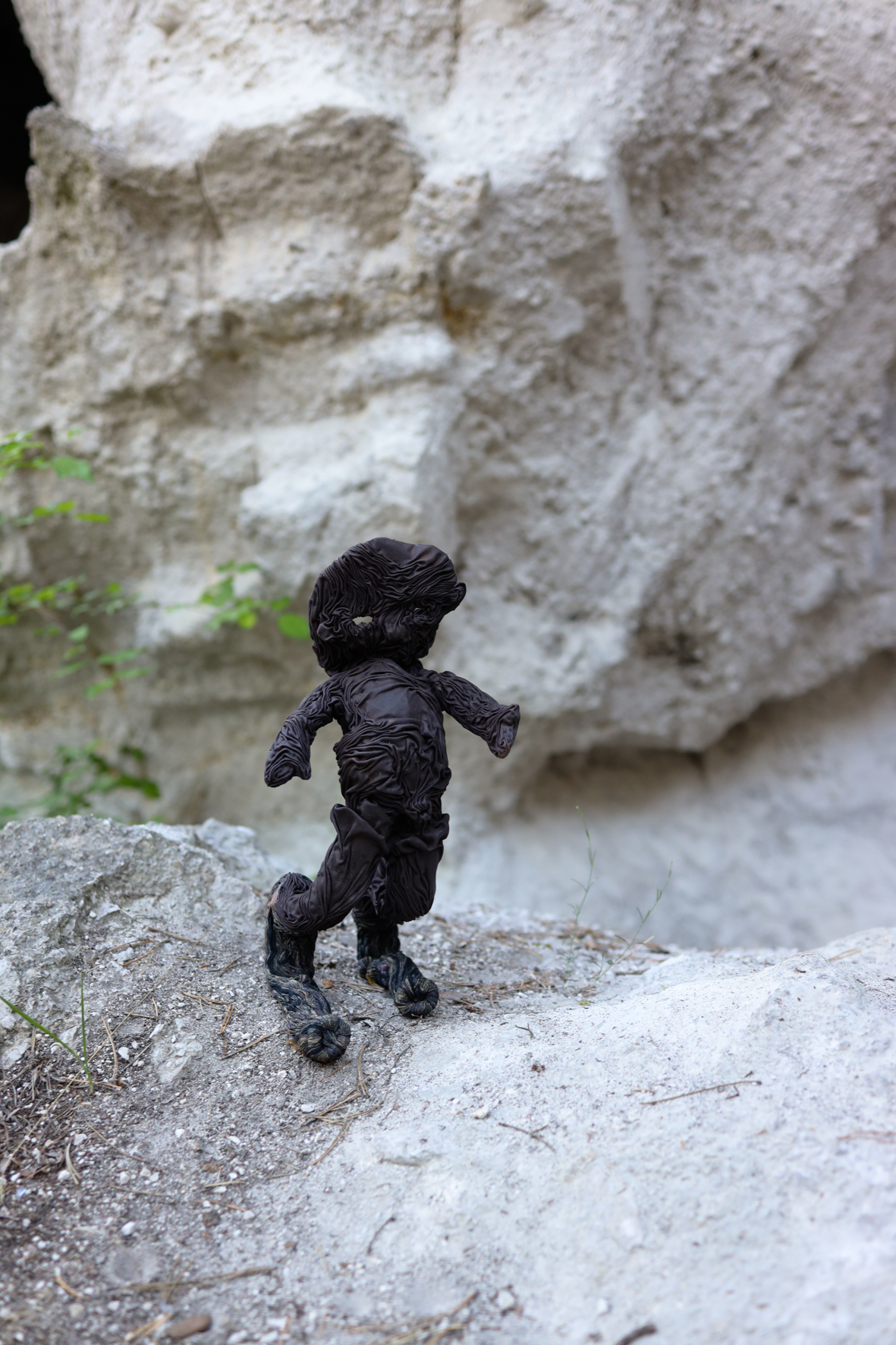

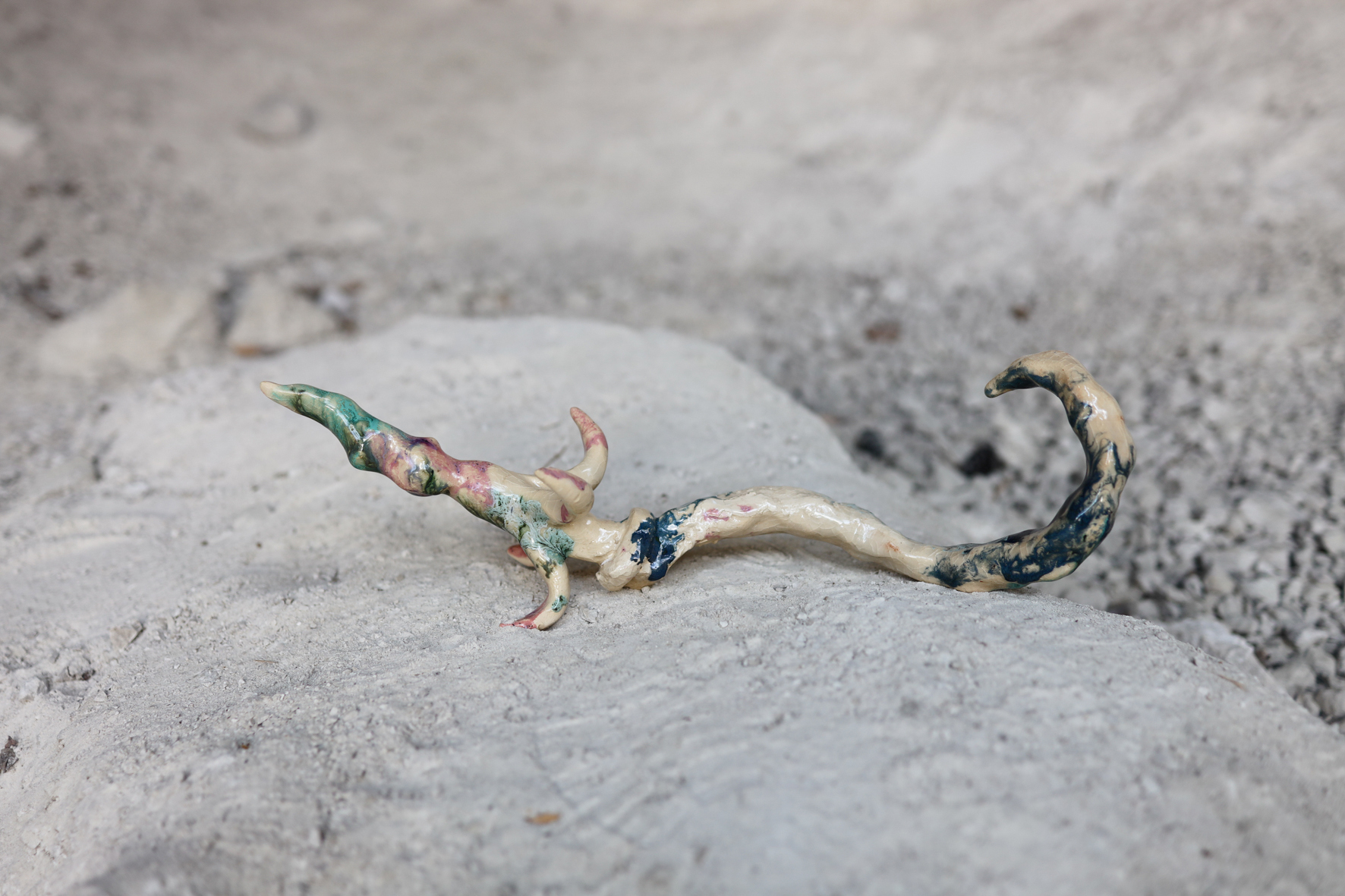
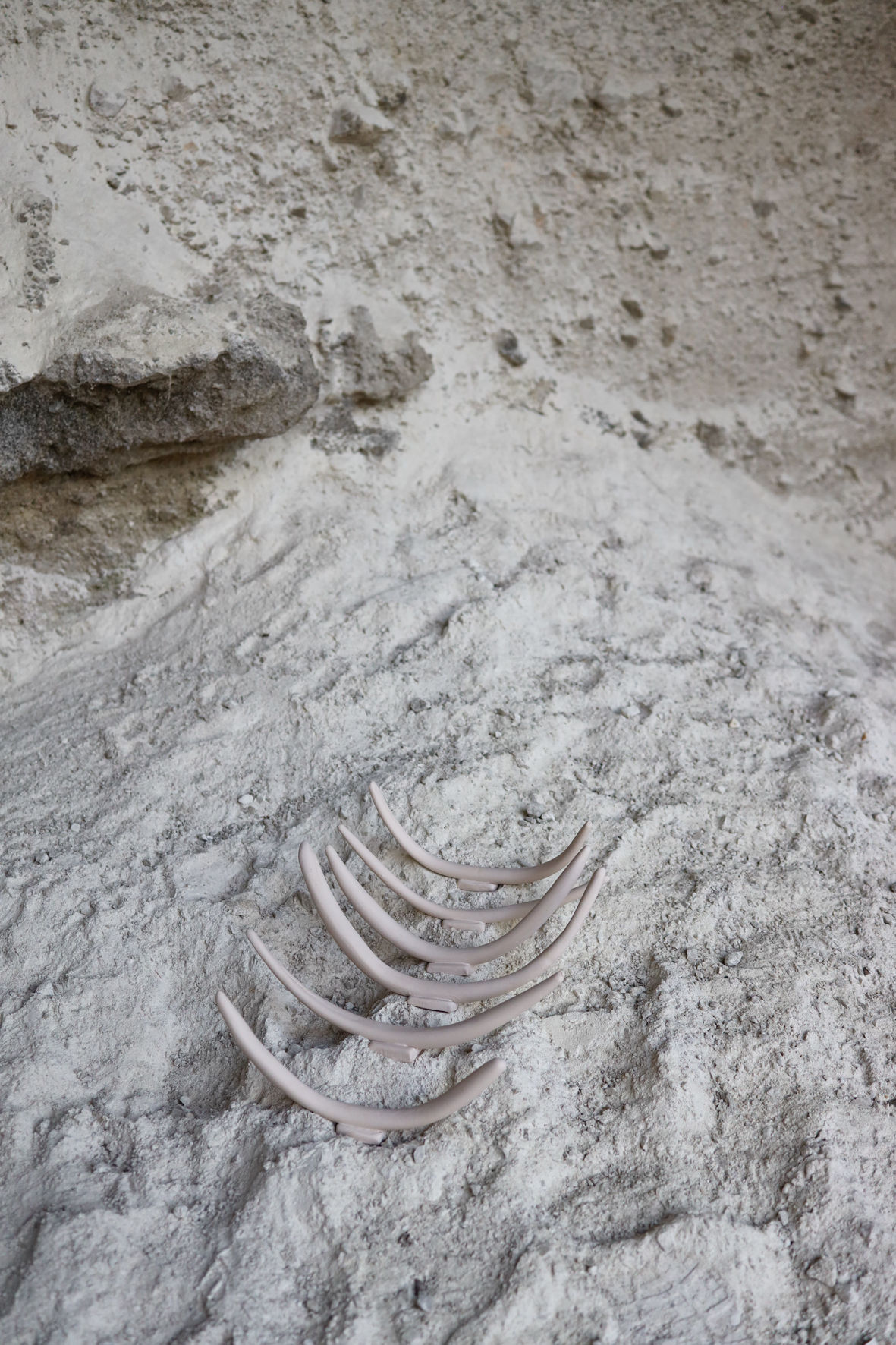
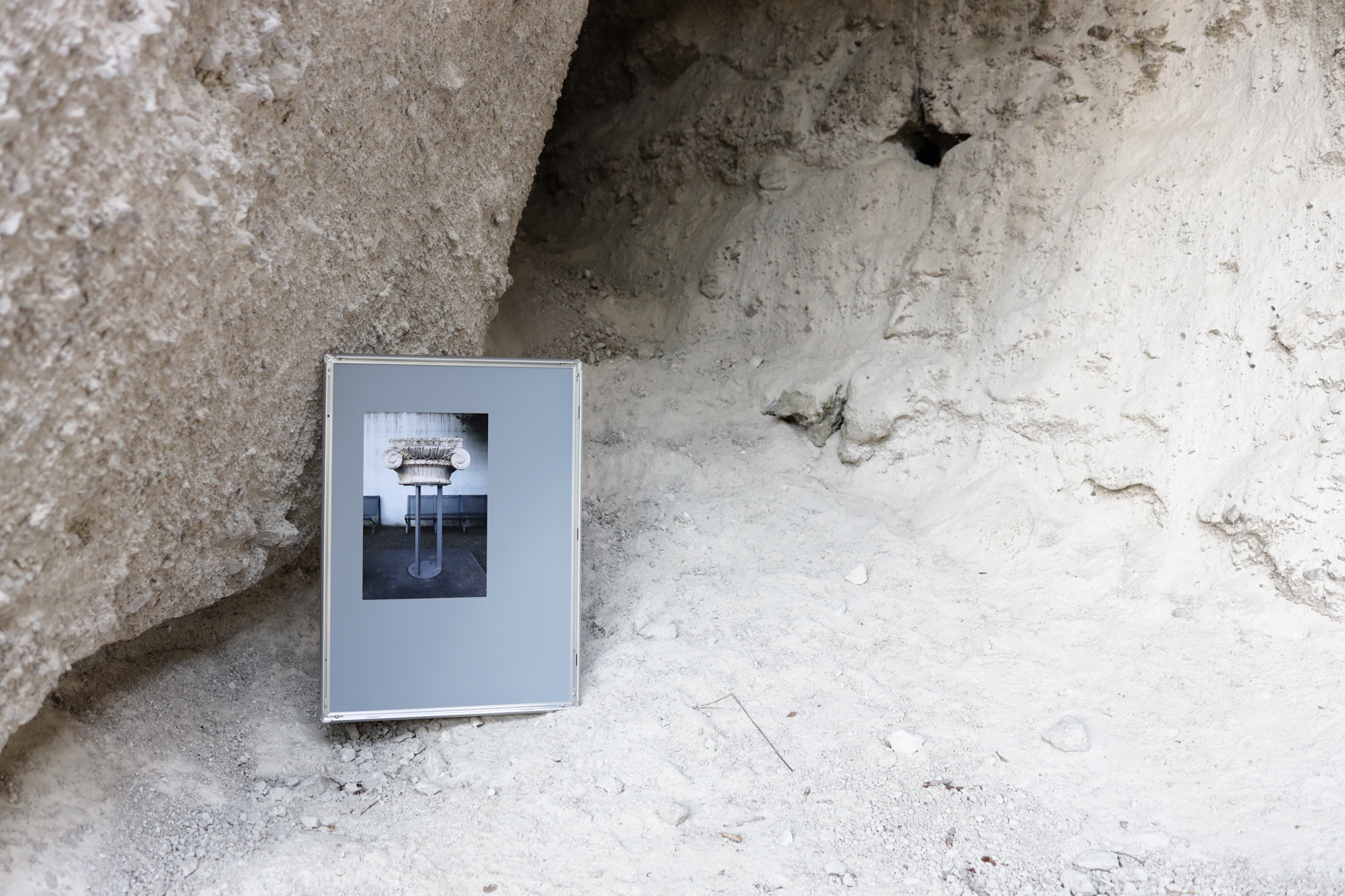
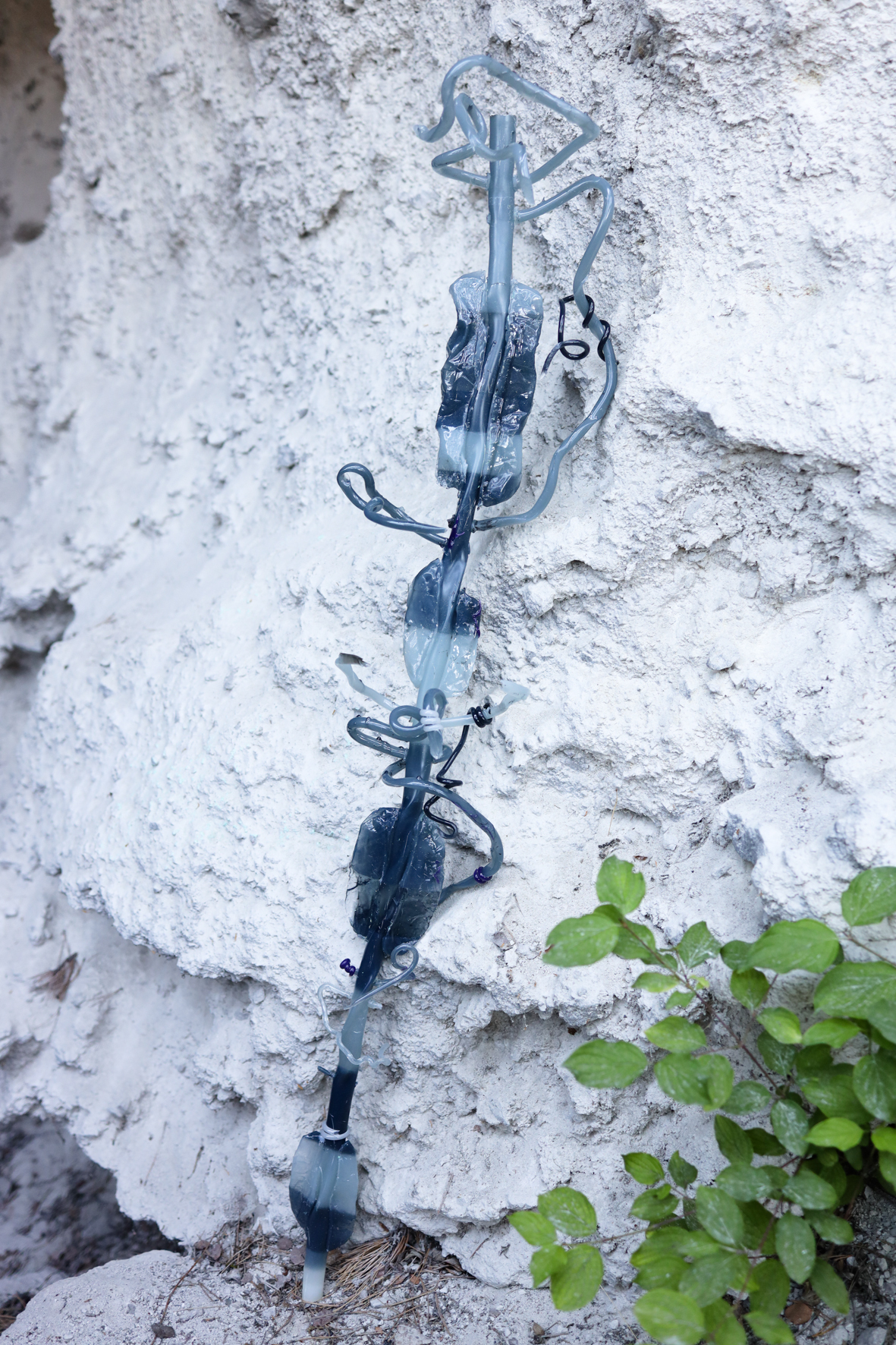
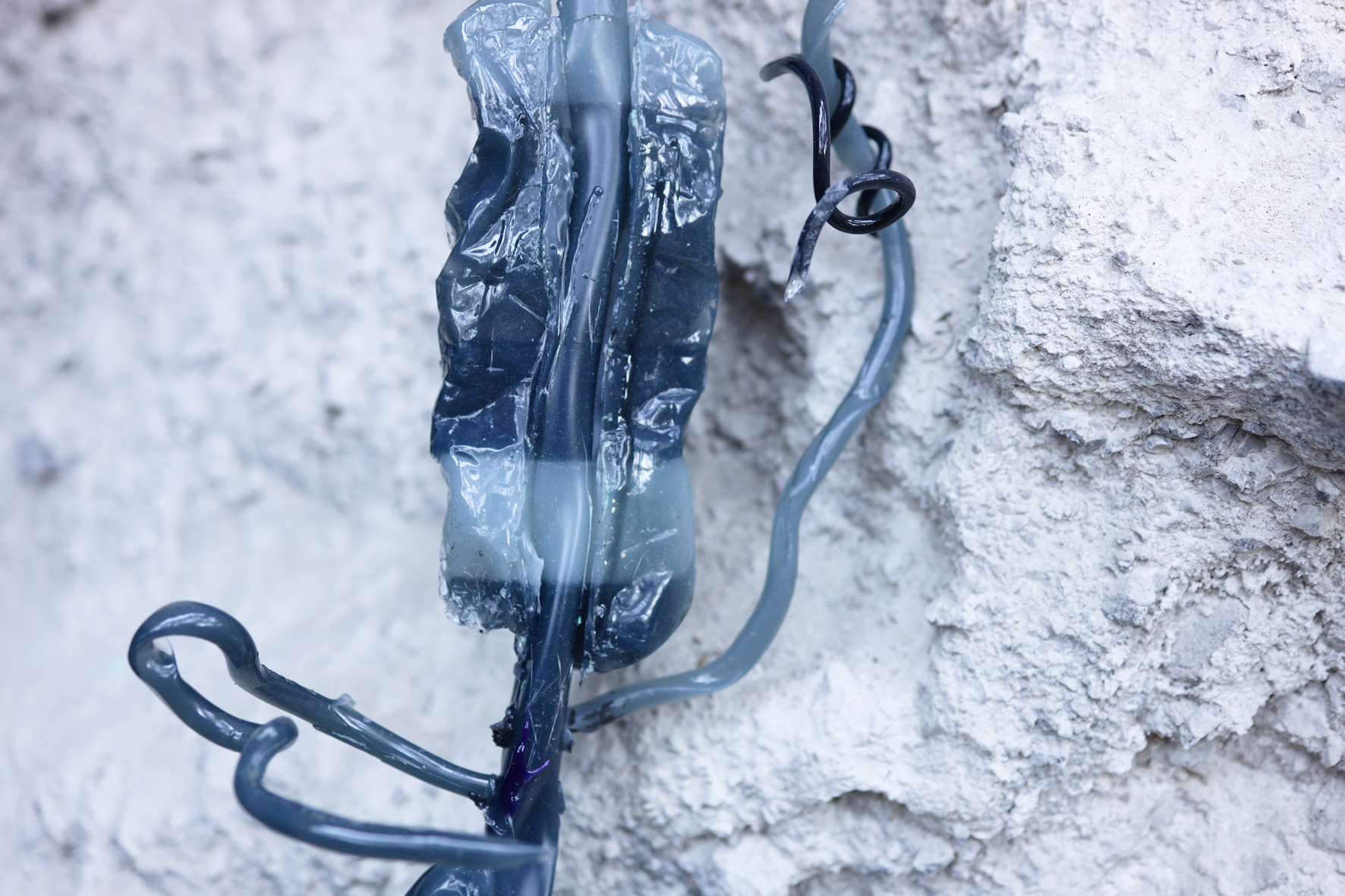
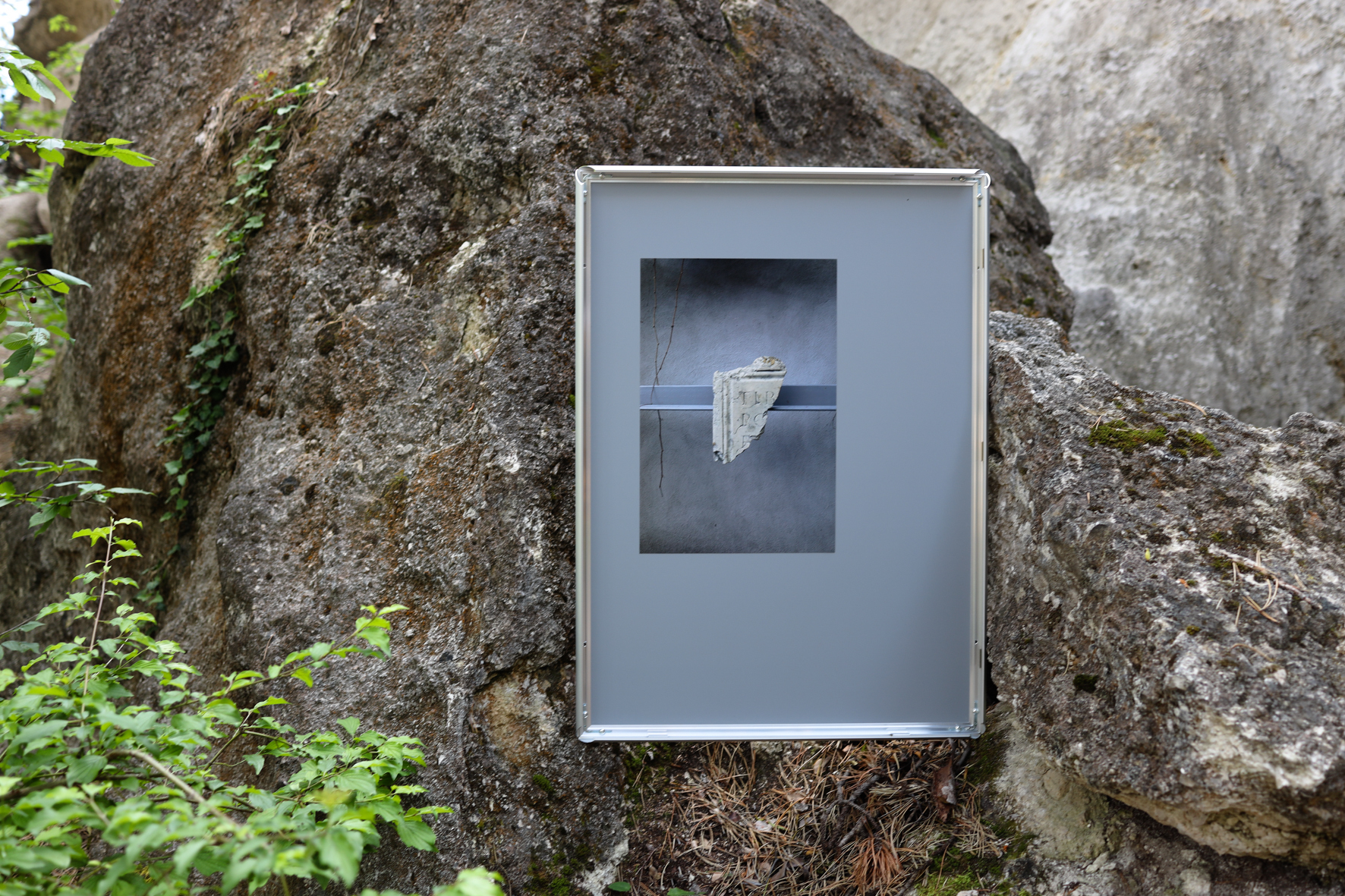
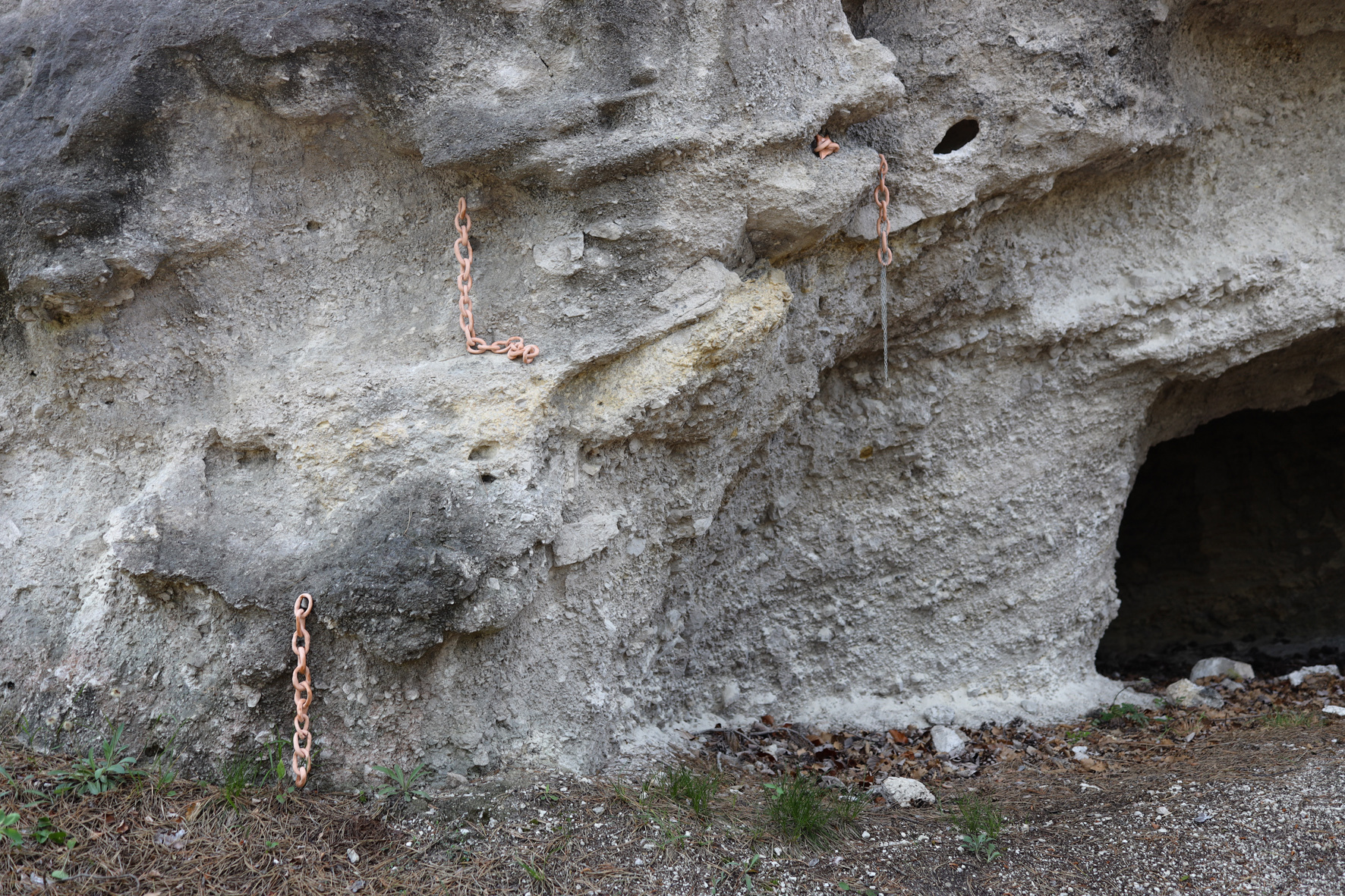
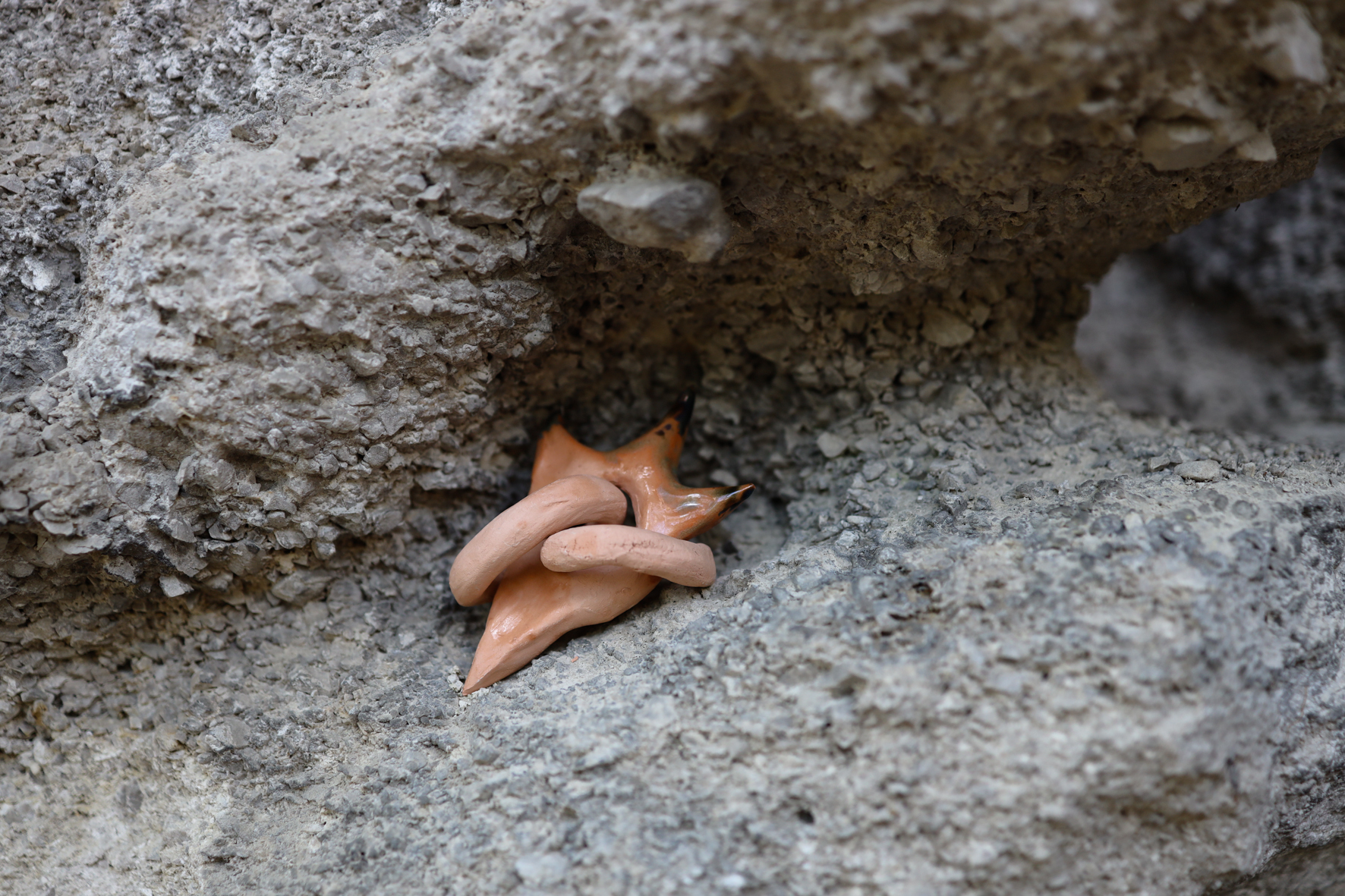
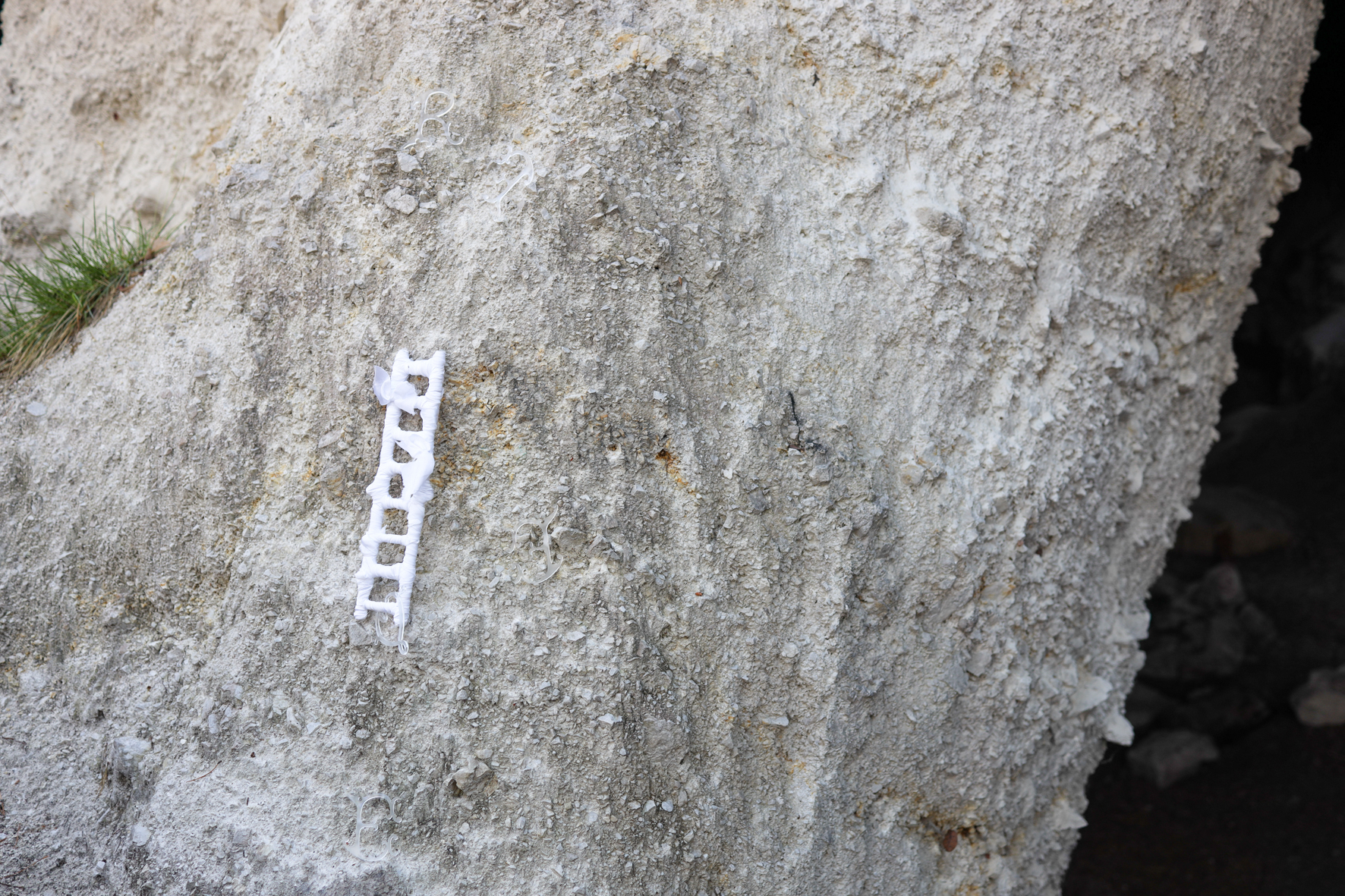
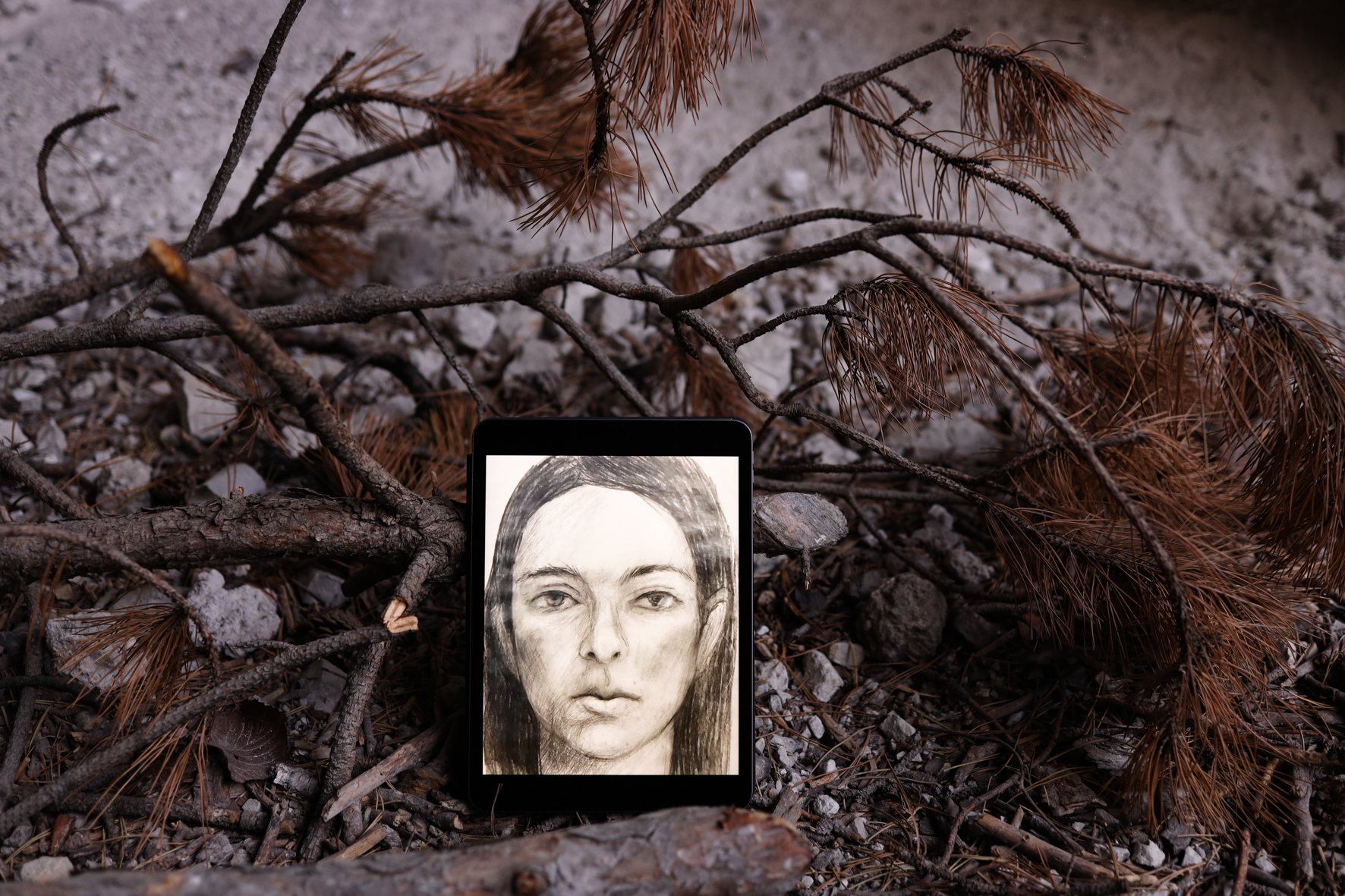

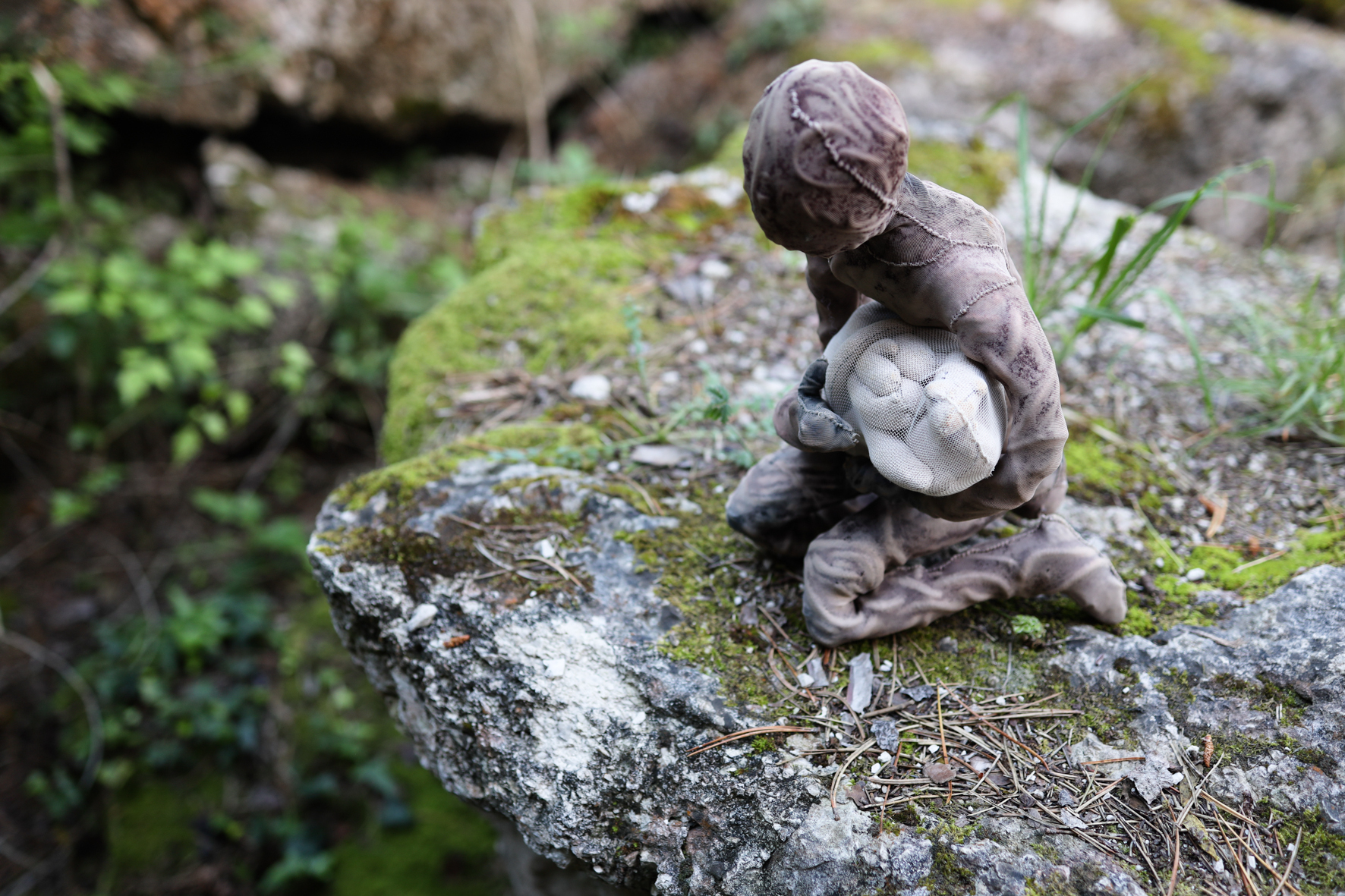
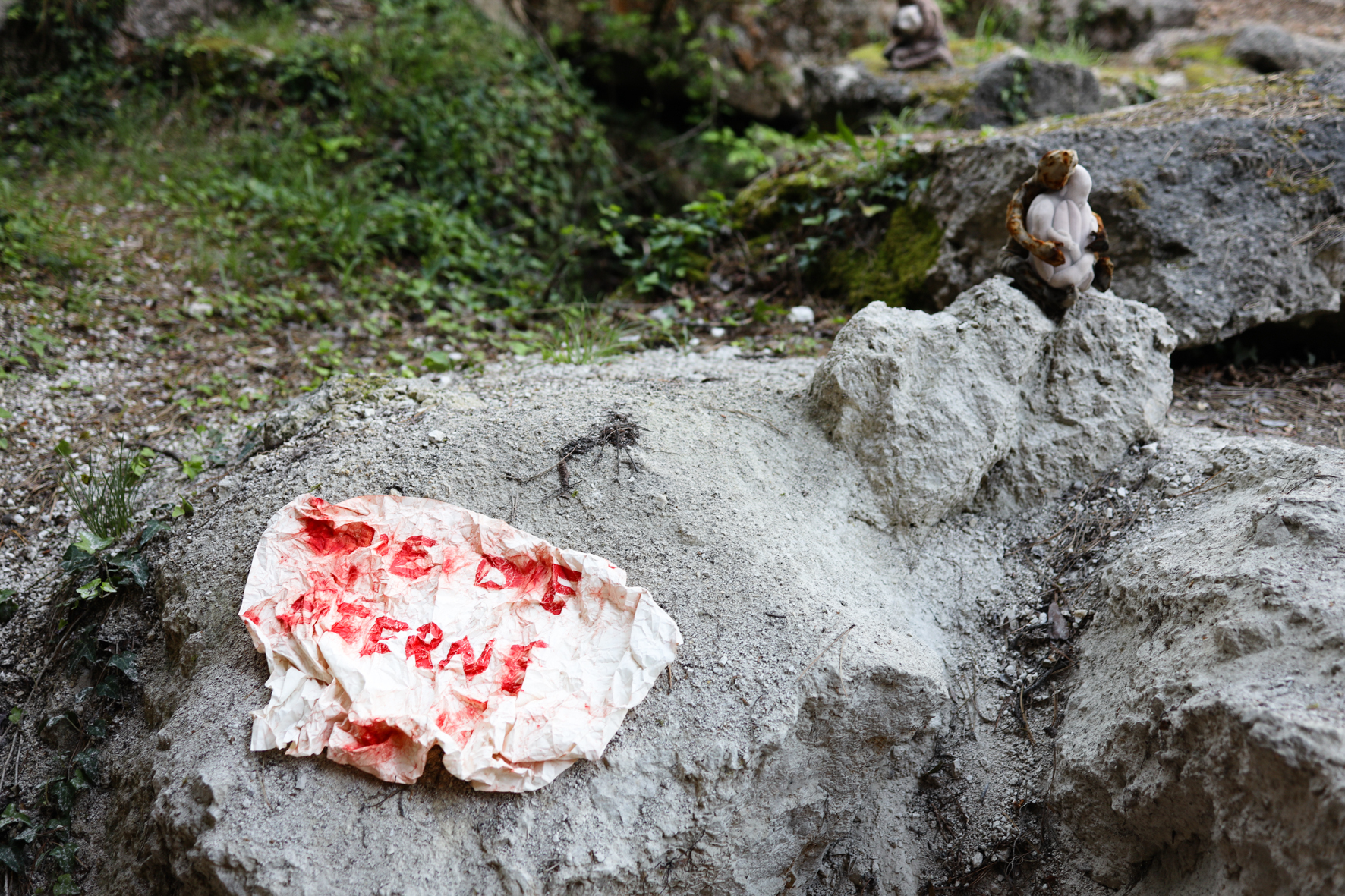
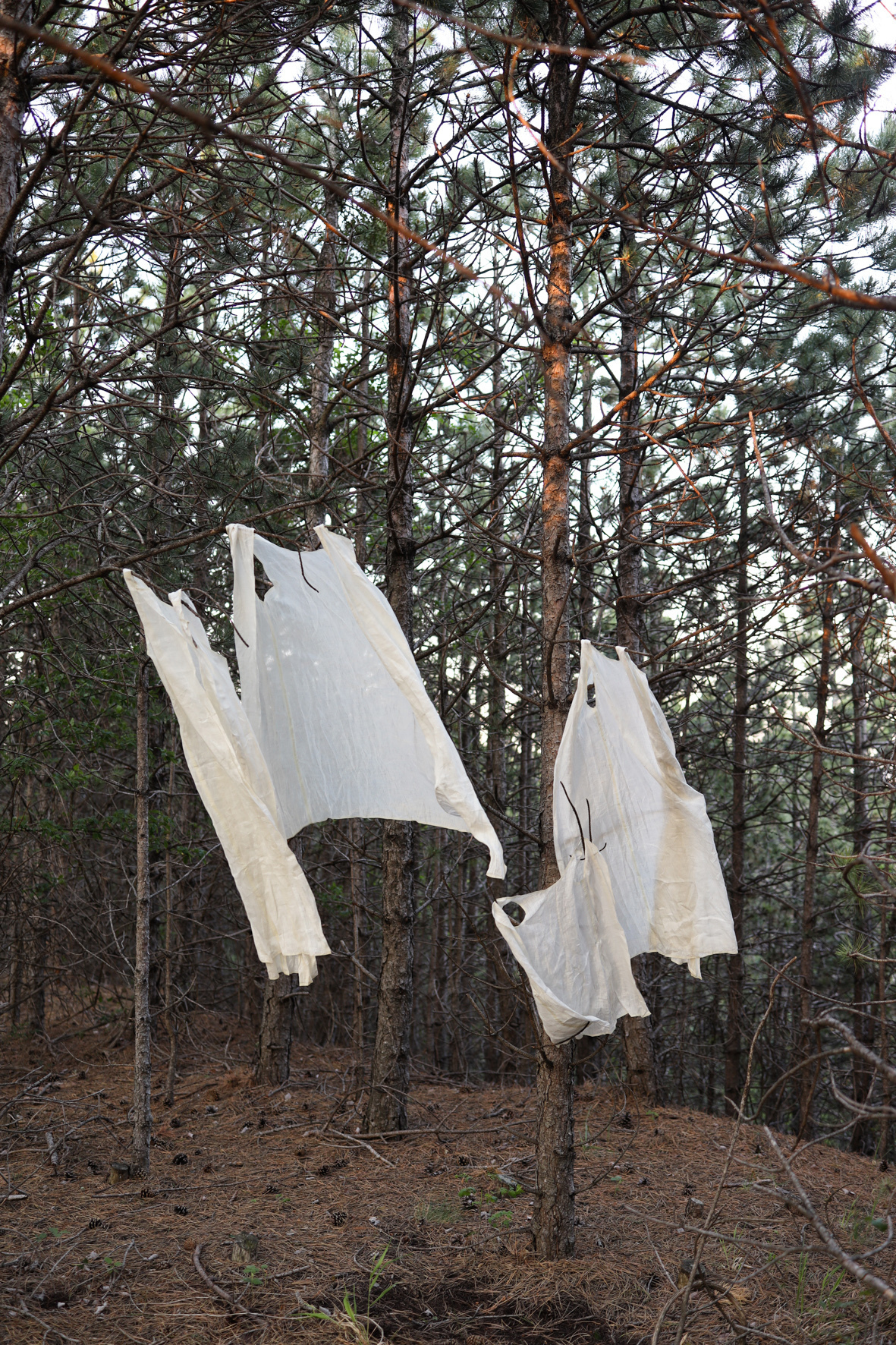
Location
Bad Vöslau, AustriaDate
10.06 –17.06.2022Curator
Anna BochkovaPhotography
Valerie HabsburgSubheadline
Opening 11.06.2022 11.06.2022-19.06.2022 Bad Voeslau, Austria Participating artists Judith Augustinovič Anne Meerpohl Iona Mackenzie Valerie Habsburg Algirdas Jakas Bianca Pedrina Dominik Styk Leyli Aslanova Anna Bochkova Photo credits: Valerie Habsburg The Group show Ort der Kraft presents positions of 9 artists working with different media. Ort der Kraft is a common expression in German language meaning a place which has a strong energy and is used in mostly esoteric context. Such spaces are usually situated in a natural landscape and might have some traces of former civilizations. The site of power chosen for this project is a group of caves surrounding a quarry near Vienna. Brought to a site where nature takes a role of a crossroad unifying different mythologies and topographies of artists, the works are soon covered by limestone dust, creating new casual relationships to each other. Objects emerge from the landscape causing flashbacks of memories, hopes and conditions. A child hides under the table while listening to ‘In the Hall of the Mountain King’ by Edvard Grieg. Sitting under the table, the child imagines a place full of mythical creatures and how this flat would look like if it was a cave. For a child growing up in spacious horizontality, mountains become a symbol of something otherworldly, protecting and liberating. Indeed a space of power. In some types of psychotherapy, the concept of power-places is applied to patients as an inner place which doesn’t have to exist, but is meant as a conceptual place where a person feels safe and empowered. Inside the cave, the sharpness of the world is blunted, but after this experience, the world outside seems even sharper.Text
The Group show Ort der Kraft presents positions of 9 artists working with different media. Ort der Kraft is a common expression in German language meaning a place which has a strong energy and is used in mostly esoteric context. Such spaces are usually situated in a natural landscape and might have some traces of former civilizations. The site of power chosen for this project is a group of caves surrounding a quarry near Vienna.
Brought to a site where nature takes a role of a crossroad unifying different mythologies and topographies of artists, the works are soon covered by limestone dust, creating new casual relationships to each other.
Objects emerge from the landscape causing flashbacks of memories, hopes and conditions.
A child hides under the table while listening to ‘In the Hall of the Mountain King’ by Edvard Grieg. Sitting under the table, the child imagines a place full of mythical creatures and how this flat would look like if it was a cave. For a child growing up in spacious horizontality, mountains become a symbol of something otherworldly, protecting and liberating. Indeed a space of power.
In some types of psychotherapy, the concept of power-places is applied to patients as an inner place which doesn’t have to exist, but is meant as a conceptual place where a person feels safe and empowered.
Inside the cave, the sharpness of the world is blunted, but after this experience, the world outside seems even sharper.
Anna Bochkova